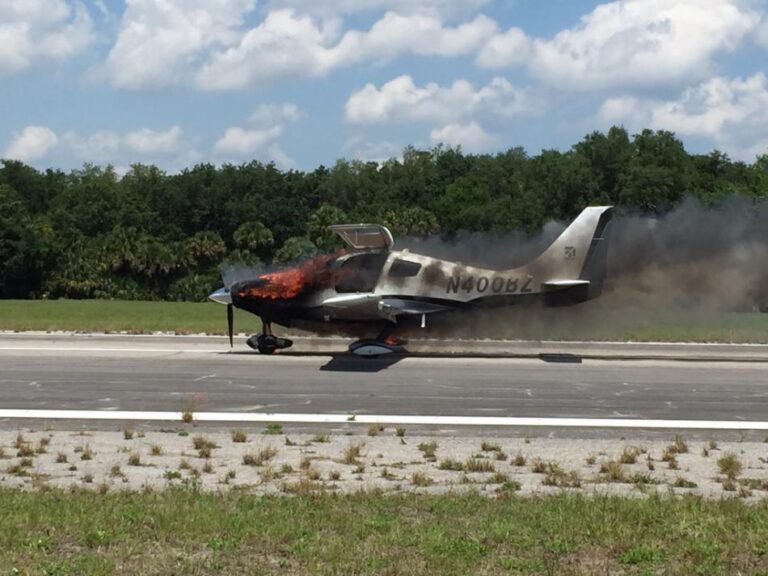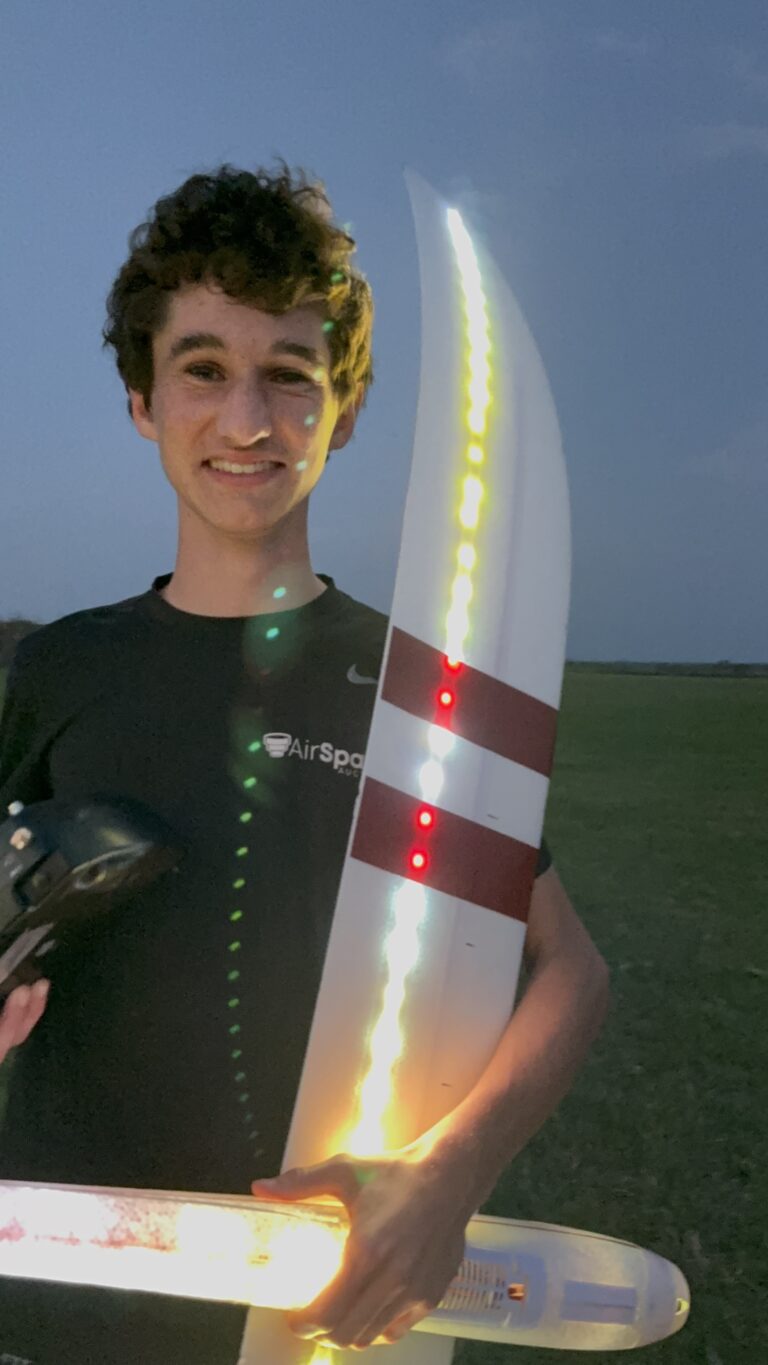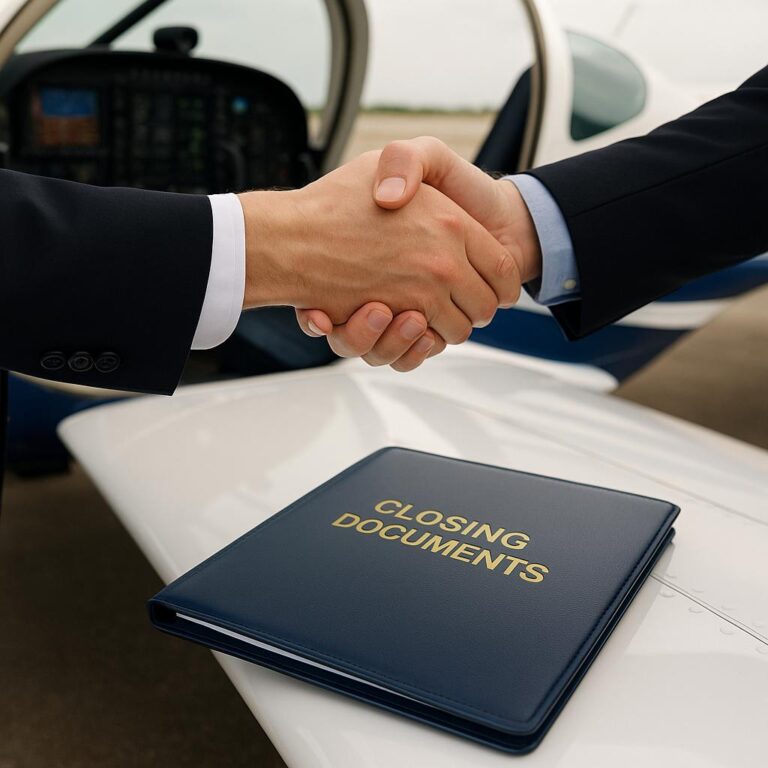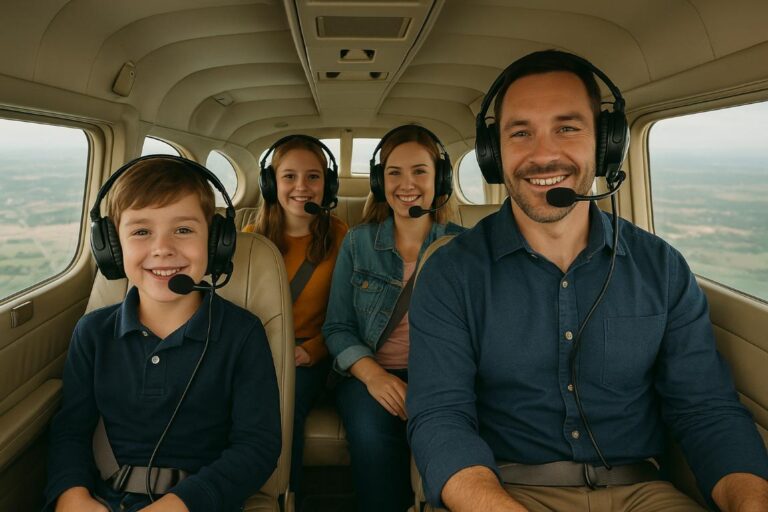1971 Cessna 150L Taildragger: A Rugged Backcountry Workhorse Ready for A New Hangar
The 1971 Cessna 150L N6975G is no ordinary Cessna 150. This aircraft exemplifies the spirit of utility, reliability, and rugged performance. Outfitted with a Texas Taildragger conversion and a powerful 160-horsepower engine, this aircraft transforms the traditional 150 trainer into a capable backcountry machine. With banner towing capability and solid Cessna lineage, this aircraft is a unique find for pilots who want more than just a docile training platform.
As it heads to auction from Dec 03 to Dec 10, 2025, this 150L offers exceptional value and versatility. It’s a blend of classic Cessna dependability and tailwheel grit—a rare and affordable gateway into bush flying or aerial work. With a starting bid of $20,000, a 6% buyer’s premium, and a $2,000 deposit requirement, this upgraded utility aircraft is ready to land in your hangar.
History of the Cessna 150 Series
The Cessna 150 was first introduced in 1959, marking Cessna’s effort to modernize the light trainer category. As a high-wing, tricycle gear aircraft with side-by-side seating for two, the 150 quickly became the training standard for private pilots across the United States and globally. It offered a dependable and economical platform that was easy to maintain and forgiving to fly.
In total, over 23,000 Cessna 150s were built across all variants, making it one of the most produced aircraft in general aviation history. From its inception through 1977, the Cessna 150 helped launch countless aviation careers, with the “L” model becoming one of the most popular variants thanks to its improved gear design and structural enhancements.

The “L” Model Advantage
The 150L, produced from 1971 to 1974, brought several improvements over earlier models. Most notably, it featured longer, tubular landing gear legs for better ground clearance and shock absorption—an essential upgrade for those flying off unimproved fields. It also introduced a new conical camber wing leading edge and larger rear side windows, enhancing visibility and performance.
This specific aircraft—N6975G—was built in 1971, the first year of the L-model run. But unlike most 150Ls, this one is anything but stock. It’s been reconfigured for real-world utility flying through significant performance and structural upgrades.
Cessna Aircraft Company: A Legacy of Dependability
Founded in 1927 by Clyde Cessna and Victor Roos, the Cessna Aircraft Company has become synonymous with general aviation reliability. From early models like the Cessna A-series to iconic aircraft like the 172 Skyhawk and 208 Caravan, Cessna has maintained a reputation for building user-friendly, efficient, and tough aircraft.
The company revolutionized personal and flight training aircraft throughout the 20th century, dominating the single-engine piston market. Cessna’s commitment to innovation while retaining simplicity is what made the 150 such a legendary platform—and why an upgraded version like this 1971 150L still commands attention decades later.

A True Taildragger Transformation
Tailwheel conversions are often sought after by pilots looking for more capability on grass strips, gravel bars, and other backcountry terrain. This aircraft’s Texas Taildragger conversion replaces the tricycle gear with a rugged tailwheel configuration, allowing for better propeller clearance, improved off-runway handling, and a nod to traditional stick-and-rudder flying.
Unlike the conventional 150L, which sits nose-high and favors paved runways, the taildragger configuration makes this aircraft suitable for adventurous flying. This mod not only increases versatility but also makes it an excellent platform for pilots looking to build tailwheel time.
Bush Conversion: Big Power in a Small Airframe
What truly sets this aircraft apart is its Bush conversion engine upgrade. The standard Cessna 150 came with a 100-hp Continental O-200 engine. This 150L has been upgraded with a 160-hp Lycoming O-320-B2A—a significant increase in horsepower that improves climb performance, short-field takeoff capability, and overall responsiveness.
Paired with a lightweight airframe, this high-output engine gives the aircraft a power-to-weight ratio not often seen in two-seat trainers. Whether hauling banners, flying low and slow over fields, or hopping from grass strip to grass strip, the power is there when you need it.

Airframe
This 1971 Cessna 150L, serial number 15072475 and registered as N6975G, has logged a total of 4,622 hours. The aircraft is certified as a single-engine land (SEL) utility aircraft and seats two. It features a useful load of 370 pounds and carries 26 gallons of fuel, with 22.5 gallons usable.
The latest Annual inspection was completed on January 23, 2025. With a normal cruise speed of 106 knots and a stall speed of 42 knots, the aircraft offers reliable and efficient performance with enhanced control in slow flight—ideal for training or banner operations. The max range is 304 nautical miles, making it a solid option for short cross-country flights or utility missions.

Engine
Powering this taildragger is a 160-hp Lycoming O-320-B2A engine, serial number L-718-39. This engine has 1,864 hours since major overhaul (SMOH), and while it’s not freshly overhauled, it remains serviceable with no known operational issues.
The O-320 series is known for its rugged construction, long service life, and ease of maintenance—making it a popular upgrade in backcountry aircraft. The additional horsepower provides enhanced takeoff and climb performance, making the aircraft far more versatile than its original configuration.
Propeller
The aircraft is equipped with a two-blade, fixed-pitch Sensenich 74DM6S-0-58 aluminum propeller, serial number A54821. It has 1,001 hours since propeller overhaul (SPOH). The Sensenich is a reliable, time-tested prop, and its fixed-pitch configuration ensures simplicity and low maintenance—perfect for utility and banner towing operations.

Avionics
The avionics suite is straightforward but functional, suitable for VFR operations:
- Aire Sciences Inc. A-550 Audio Panel
- Narco AT-50A TSO Transponder
- Narco MK-12D + TSO (Comm/Nav 1)
- TKM MX-300 w/ VOR (Comm/Nav 2)
- Shark 7 ELT
- ADS-B Out
The panel also includes all standard flight instruments:
- Airspeed Indicator
- Turn Coordinator
- Attitude Indicator
- Heading Indicator
- Altimeter
- Vertical Speed Indicator
- Tachometer
- Fuel Pressure Gauge
This aircraft is not IFR certified, but it provides all the equipment necessary for day and night VFR flying. The dual-radio configuration and ADS-B Out make it well-prepared for most airspace environments.

Exterior
The aircraft is painted in a classic white base with blue accent stripes. The simple yet clean paint scheme reflects its utilitarian mission while maintaining an attractive, professional appearance. The aircraft also comes with wheel pants, which help reduce drag and improve aesthetics.
Interior
Inside, the cabin features tan side paneling, gray carpeting, and gray vinyl-and-fabric seats. The layout is straightforward and functional, offering sufficient comfort for short flights, training missions, or utility work. The condition is consistent with an active working aircraft, with no known interior damage or wear beyond normal use.
Additional Features
This aircraft is ready to work and play, with several added features that boost its utility and value:
- Texas Taildragger Conversion
- 160-hp Bush Engine Upgrade
- Banner Tow Hook and Kit
- New Spare Main Tires and Tubes
- Auto Fuel STC
- Wheel Pants
Importantly, there are no known flaws or corrosion, and while logs before 2002 are missing due to an estate sale, a letter from a certified mechanic verifying the aircraft’s condition is included in the auction documents.
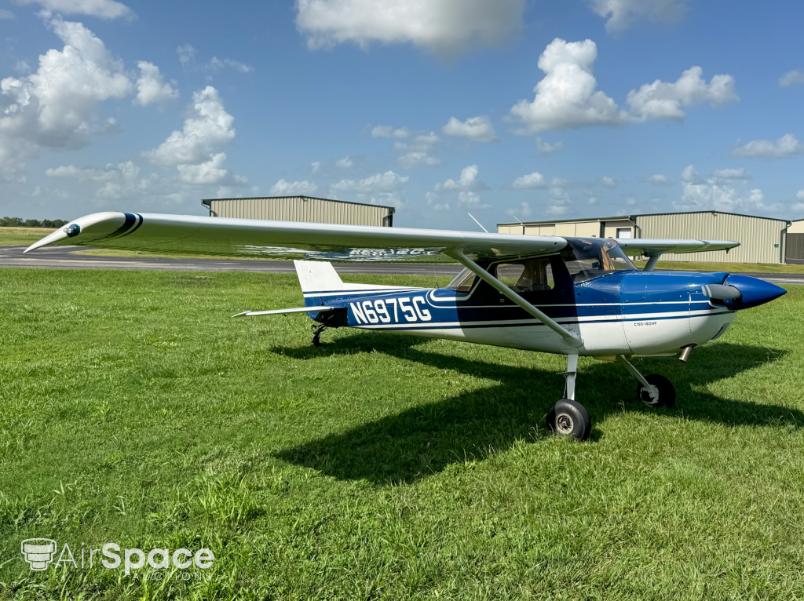
Auction Information
This aircraft will be sold at auction through Airspace Auctions from Dec 3 to Dec 10, 2025.
- Starting Bid: $20,000
- Buyer Premium: 6%
- Deposit Required: $2,000
Interested buyers can contact Matt Hutton for more details or inspection scheduling. The aircraft is located in Eagle Lake, Texas.
Final Thoughts
The 1971 Cessna 150L N6975G is a rare breed—a classic trainer transformed into a rugged, tailwheel-equipped workhorse. With its 160-horsepower engine, Texas Taildragger conversion, and banner tow capability, it’s built for much more than just student laps around the pattern.
Whether you’re a pilot looking for a powerful taildragger to explore backcountry strips or an operator seeking a simple and affordable banner tow platform, this aircraft delivers tremendous value. It retains the legendary reliability of the Cessna name while offering performance and capability far beyond its original design.
This isn’t just a 150—it’s a 150 with attitude.
Specifications and/or descriptions are provided as introductory information only and do not constitute representations or warranties. Verification of specifications remain the sole responsibility of purchaser.















